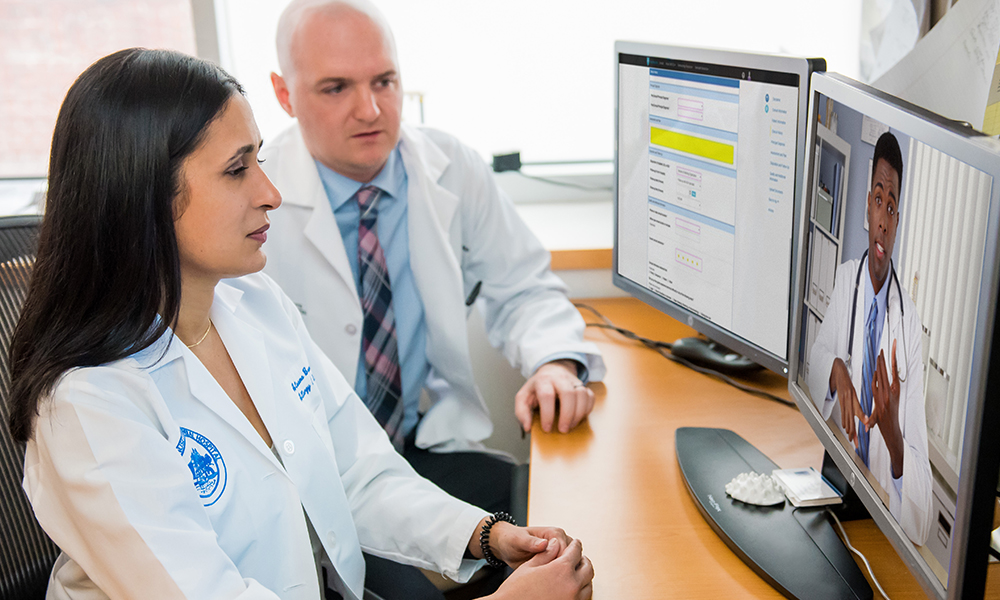Virtual physicians perform numerous medical functions previously available only through in-person visits. Diagnostic assessment forms a fundamental component of telehealth practice, with doctors evaluating symptoms through structured interview techniques and visual examination when applicable. These assessments follow similar clinical reasoning pathways as traditional visits while adapting information gathering to digital formats.
Treatment planning similarly transitions effectively to virtual environments for many common conditions. Online doctors develop comprehensive management approaches, including medication recommendations, non-pharmaceutical interventions, lifestyle modifications, and monitoring schedules. These treatment frameworks address immediate concerns while establishing longer-term health maintenance strategies tailored to individual patient needs.
Adapted assessment
- Online doctors implement specialized techniques addressing the inherent differences between virtual and physical examinations. Structured symptom inventories guide patients through comprehensive reporting of relevant information that might otherwise emerge during physical assessment. These detailed symptom discussions often reveal patterns overlooked during brief in-person visits focused primarily on physical examination.
- Visual examination protocols maximize information gathering through available technology. Physicians direct patients regarding optimal camera positioning, lighting adjustments, and specific movements that enhance assessment quality during video consultations. Despite physical separation, these techniques thoroughly examine visible symptoms affecting skin, eyes, throat, and movement patterns.
- Guided self-examination instructions help patients perform essential physical assessment components under physician direction. Doctors demonstrate examination techniques like lymph node palpation, sinus pressure evaluation, or abdominal assessment, while patients replicate these actions during video observation. This collaborative approach obtains valuable physical information otherwise unavailable in purely conversational formats.
- Remote monitoring integration enhances assessment capabilities beyond individual consultations. Many telehealth systems incorporate data from home monitoring devices measuring blood pressure, glucose levels, peak flow readings, heart rhythm, and similar parameters. These objective measurements supplement subjective symptom reporting while providing longitudinal tracking between virtual appointments.
Professional standards Adaptation for digital practice
- Ethical principles guiding medical practice remain unchanged within virtual settings despite practice model differences. Patient confidentiality receives particular attention within telehealth frameworks, with platforms implementing enhanced security measures protecting sensitive medical information during digital transmission and storage. Online doctors maintain strict privacy protocols regarding consultation environments, screen visibility, and conversation privacy.
- Documentation standards address the unique aspects of virtual consultation while maintaining comprehensive medical recording. Telehealth physicians document assessment components, clinical reasoning, treatment decisions, and follow-up plans with particular attention to elements commonly observed during physical examination. This adapted documentation acknowledges inherent limitations while emphasizing compensatory information-gathering techniques used during virtual assessment.
- Professional development targeting telehealth competencies ensures online doctors maintain specialized skills for virtual practice. Training programs address digital communication techniques, adapted assessment methods, technological proficiency, and similar skills supporting effective telehealth delivery. This ongoing education supplements traditional medical knowledge with telehealth-specific practice elements.
Administrative functions beyond clinical care
Documentation provision serves important administrative purposes beyond clinical recording. If you check nextclinic.com.au for medical certificates online, you’ll find streamlined processes for obtaining necessary documentation following virtual consultations. These administrative services support various non-clinical needs, including work absences, insurance verification, and similar requirements typically accompanying healthcare interactions.
Patient portal management facilitates ongoing communication outside scheduled consultation times. Online doctors review messages, respond to questions, and address minor concerns through asynchronous communication channels. This extended availability supports treatment adherence while addressing emerging questions without requiring additional appointments for simple clarification needs.
As telehealth continues evolving within broader healthcare landscapes, online doctors adapt traditional medical practice to digital environments while maintaining essential clinical standards. This transformation expands healthcare access while introducing innovative approaches to patient-centred care delivery.



